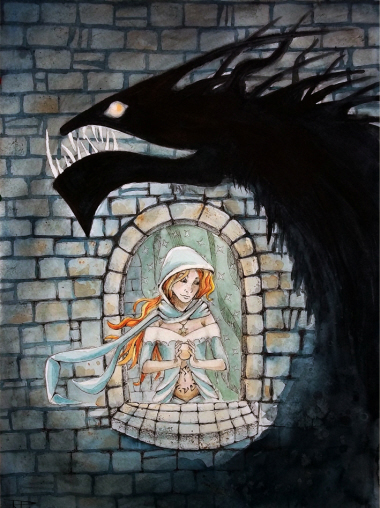Teaching and Fantasy Literature: Stephen King’s “On Writing”
 I confess: I’m horror-illiterate. Being horrified on my way to some other reading experience is often worthwhile, but reading just to poke my amygdala with a stick is, for me, a joyless enterprise. Some horror writers are manifestly brilliant; I’m still not their audience. Chalk it up to an inherited predisposition to PTSD.
I confess: I’m horror-illiterate. Being horrified on my way to some other reading experience is often worthwhile, but reading just to poke my amygdala with a stick is, for me, a joyless enterprise. Some horror writers are manifestly brilliant; I’m still not their audience. Chalk it up to an inherited predisposition to PTSD.
And yet Stephen King’s On Writing: A Memoir of the Craft is one of my favorite writing books. It’s unusual among writing books for its combination of memoir and manual. The memoir could have stood on its own; the manual could not. King knows that most of the true and useful things that can be said in a book to a beginning writer have been said many times, so he finds a way to say those things in a context that spins together cautionary tales, zany vignettes, and roaring triumphs. When he talks about what a writer needs in the way of work space, he shows us the corner of an attic where he wrote his first stories as a child, the laundry room in a trailer where he wrote his first novels, the uselessly enormous and overcompensating desk he bought during the early coke-snorting days of his wealth, and the study-turned-family-room where his kids lounge on couches while he writes contentedly in a corner. There’s something practical, and something human, to be learned from each of those workspaces.
The book is structured in four main movements: two central sections of advice on craftsmanship, bracketed by two sections about the writing life in general by way of King’s own writing life. The opening movement is cheekily titled “C.V.” A C.V., or curriculum vitae, is what an academic has instead of a resume. For a writer who has been so many times disdained by academics to appropriate the term, and then interpret the Latin curriculum vitae literally as the course of his life, is gutsy.
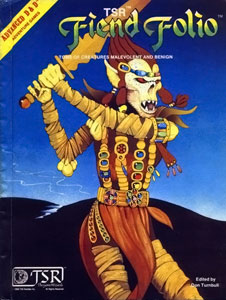

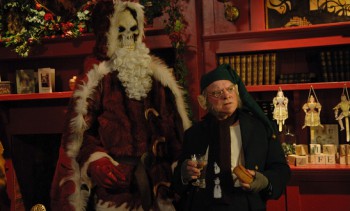
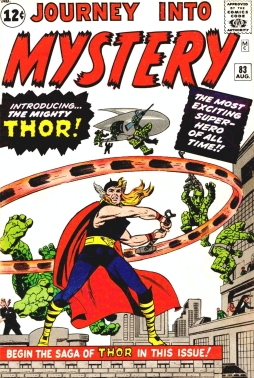 Journey Into Mystery first appeared in 1952, one of a number of anthology titles from publisher Martin Goodman’s line of comic books. Over the years, the title featured a lot of short horror, fantasy, and science fiction tales, many of them collaborations between editor/scripter Stan Lee and artists like Steve Ditko and Jack Kirby. Until 1962. At that point Goodman’s comics were beginning to change direction, following a revival of interest in the super-hero genre. A team book, The Fantastic Four, had taken off. A solo book had followed, The Incredible Hulk. Heroes would now be his company’s main product, and the line would soon come to be known as Marvel Comics. The horror anthology books would be taken over by recurring super-hero characters, and Journey Into Mystery would be the first of the bunch. So with issue 83, in August 1962, in a story credited to Stan Lee and artist Jack Kirby, it introduced its new lead: the mighty Thor, Norse god of thunder.
Journey Into Mystery first appeared in 1952, one of a number of anthology titles from publisher Martin Goodman’s line of comic books. Over the years, the title featured a lot of short horror, fantasy, and science fiction tales, many of them collaborations between editor/scripter Stan Lee and artists like Steve Ditko and Jack Kirby. Until 1962. At that point Goodman’s comics were beginning to change direction, following a revival of interest in the super-hero genre. A team book, The Fantastic Four, had taken off. A solo book had followed, The Incredible Hulk. Heroes would now be his company’s main product, and the line would soon come to be known as Marvel Comics. The horror anthology books would be taken over by recurring super-hero characters, and Journey Into Mystery would be the first of the bunch. So with issue 83, in August 1962, in a story credited to Stan Lee and artist Jack Kirby, it introduced its new lead: the mighty Thor, Norse god of thunder.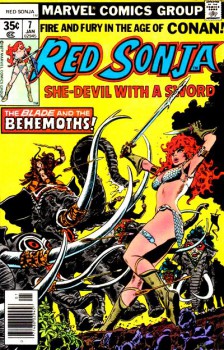
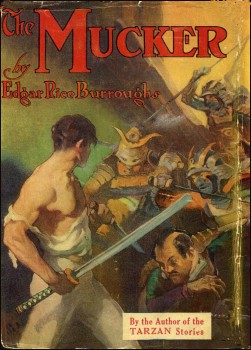
 Gregory A. Wilson and Bradley P. Beaulieu interview Black Gate Managing Editor Howard Andrew Jones for episode 65 of Speculate!, the Podcast for Writers, Readers, and Fans.
Gregory A. Wilson and Bradley P. Beaulieu interview Black Gate Managing Editor Howard Andrew Jones for episode 65 of Speculate!, the Podcast for Writers, Readers, and Fans.